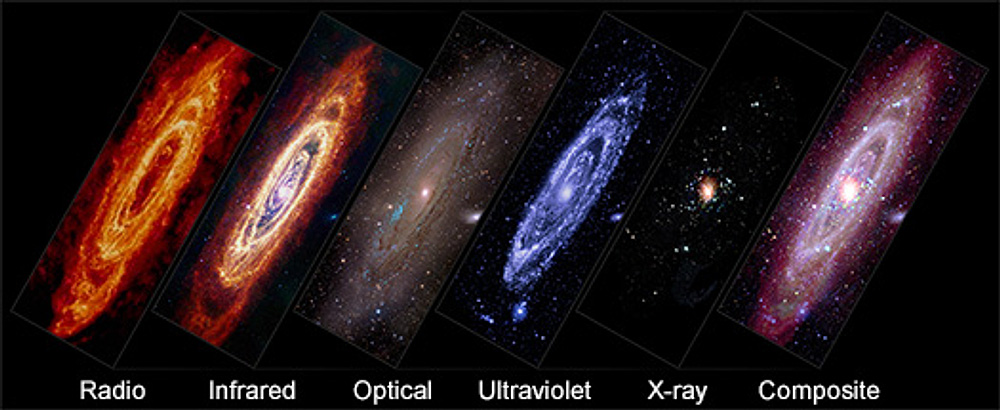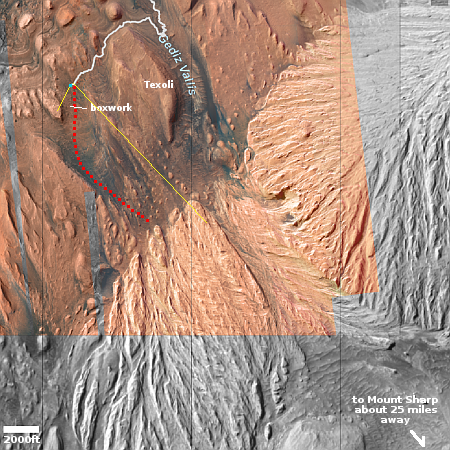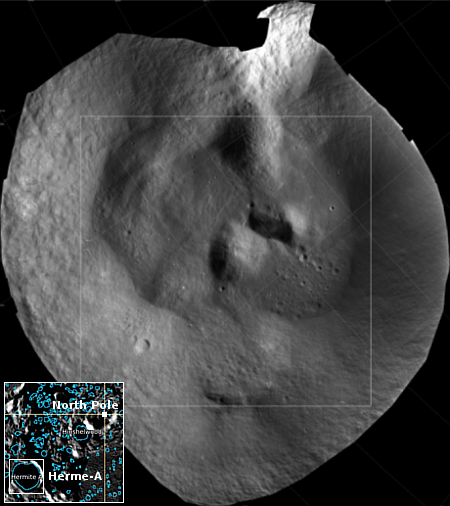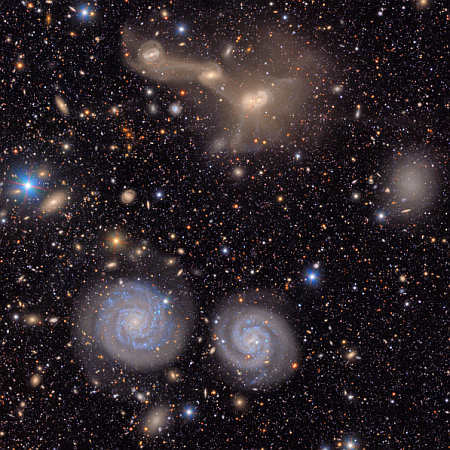Axiom’s manned mission docks with ISS
SpaceX’s newest manned Dragon capsule, dubbed Grace, this morning successfully brought Axiom’s fourth commercial passenger mission to ISS, docking with the space station after launching yesterday on a Falcon 9 rocket.
The spacecraft docked at 6:31 a.m. to the space-facing port of the space station’s Harmony module. Former NASA astronaut Peggy Whitson, ISRO (Indian Space Research Organisation) astronaut Shubhanshu Shukla, ESA (European Space Agency) astronaut Sławosz Uznański-Wiśniewski of Poland, and Tibor Kapu of Hungary now are aboard the space station after launching at 2:31 a.m. on June 25, on the company’s Falcon 9 rocket from Launch Complex 39A at NASA’s Kennedy Space Center in Florida for the fourth private astronaut mission to the orbiting laboratory, Axiom Mission 4.
The plan is for them to stay on ISS for two weeks.
SpaceX’s newest manned Dragon capsule, dubbed Grace, this morning successfully brought Axiom’s fourth commercial passenger mission to ISS, docking with the space station after launching yesterday on a Falcon 9 rocket.
The spacecraft docked at 6:31 a.m. to the space-facing port of the space station’s Harmony module. Former NASA astronaut Peggy Whitson, ISRO (Indian Space Research Organisation) astronaut Shubhanshu Shukla, ESA (European Space Agency) astronaut Sławosz Uznański-Wiśniewski of Poland, and Tibor Kapu of Hungary now are aboard the space station after launching at 2:31 a.m. on June 25, on the company’s Falcon 9 rocket from Launch Complex 39A at NASA’s Kennedy Space Center in Florida for the fourth private astronaut mission to the orbiting laboratory, Axiom Mission 4.
The plan is for them to stay on ISS for two weeks.









